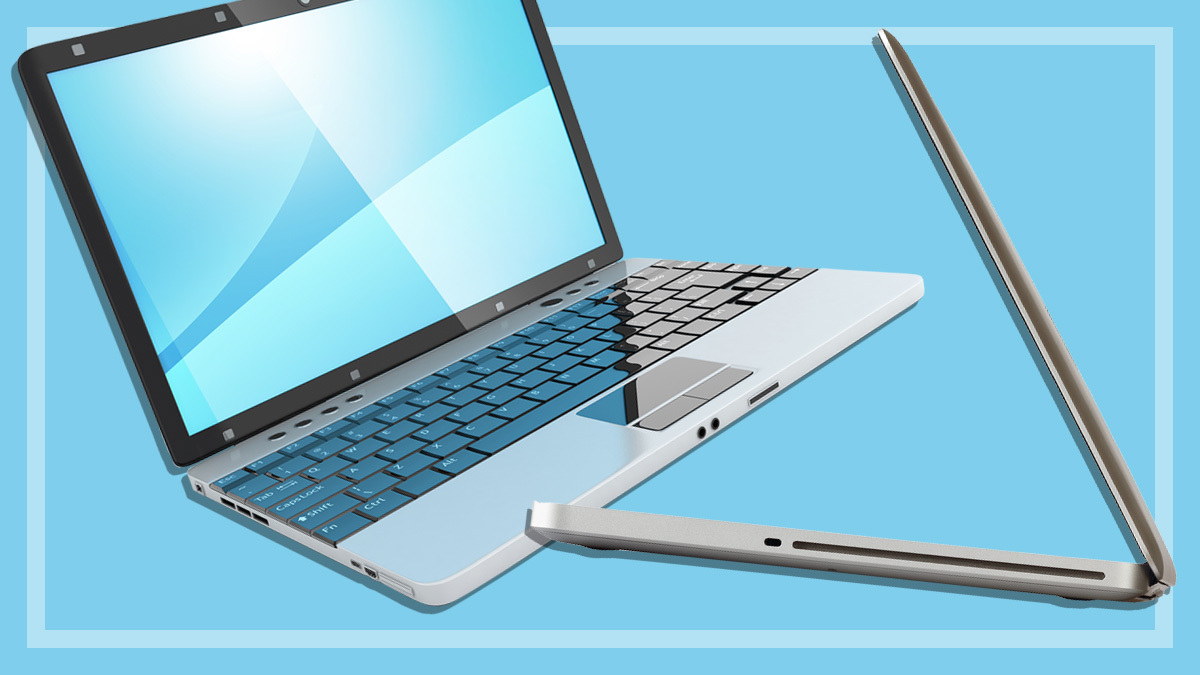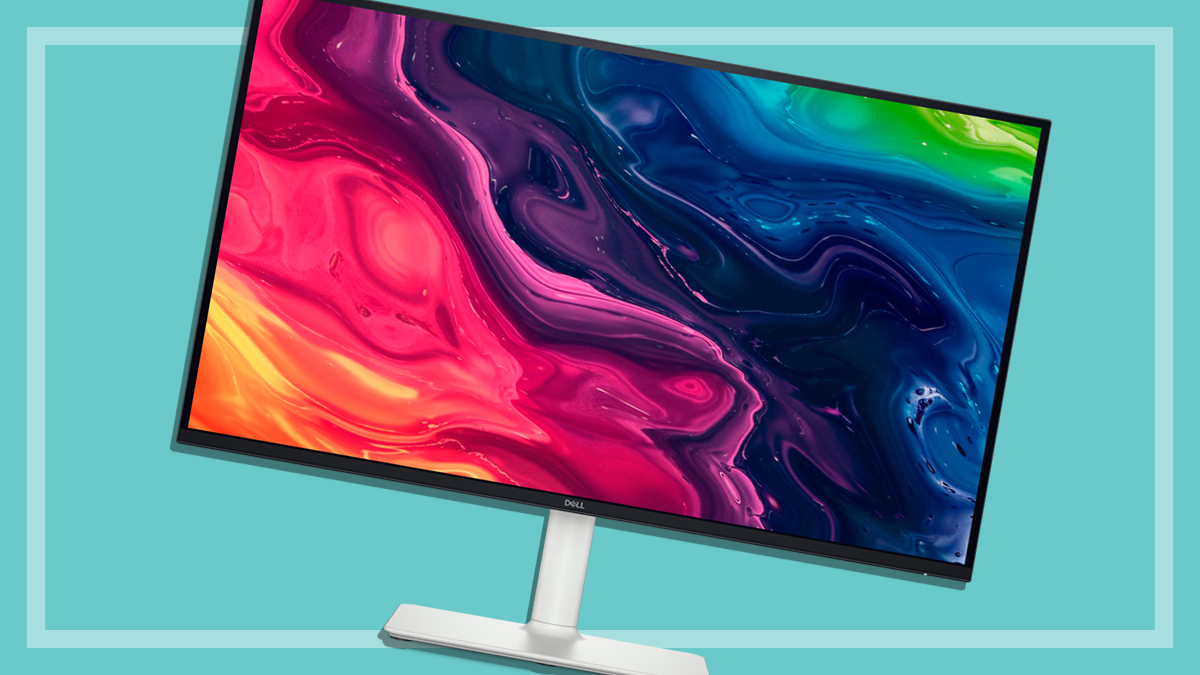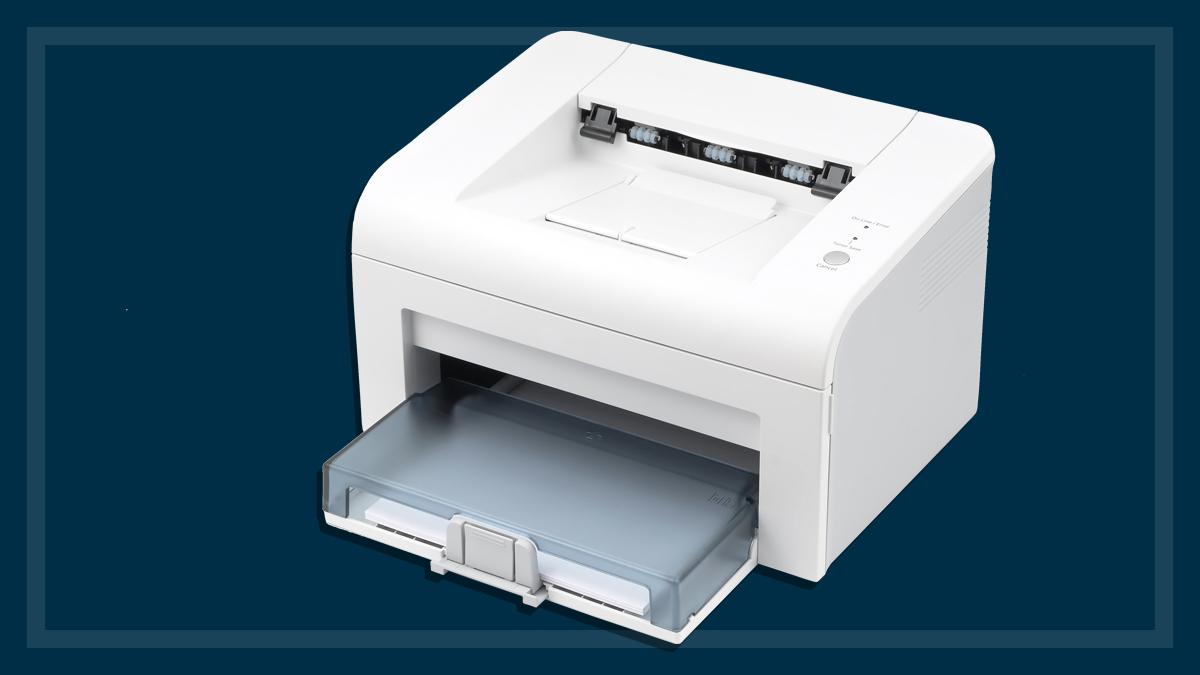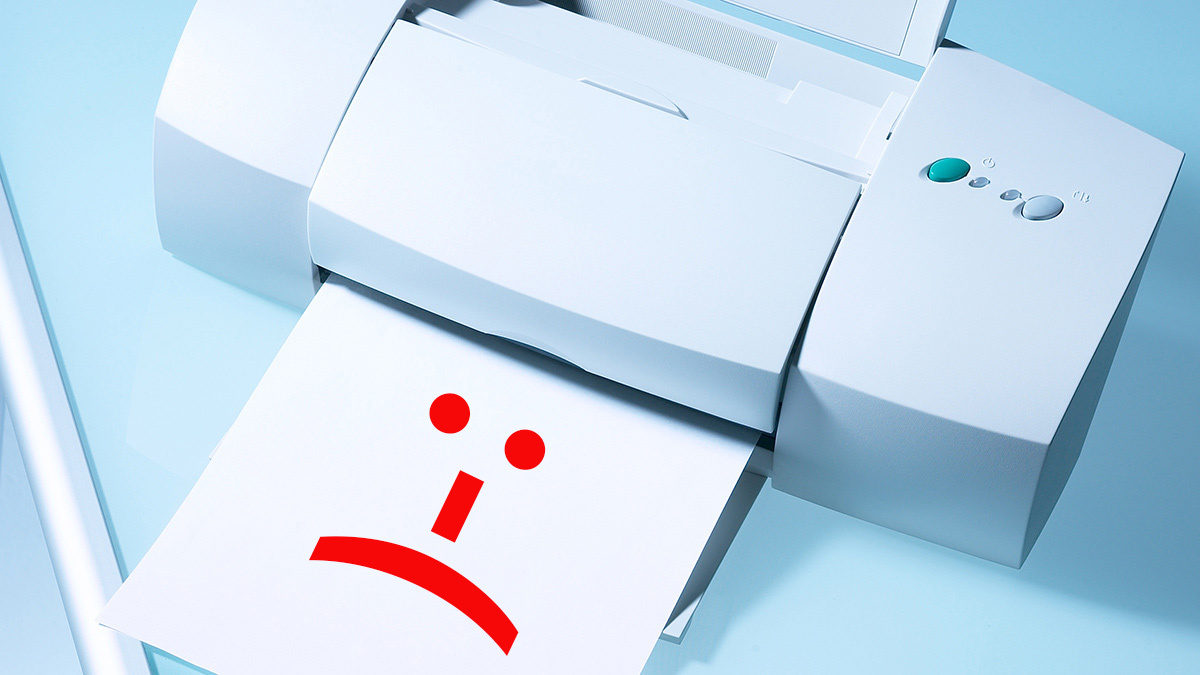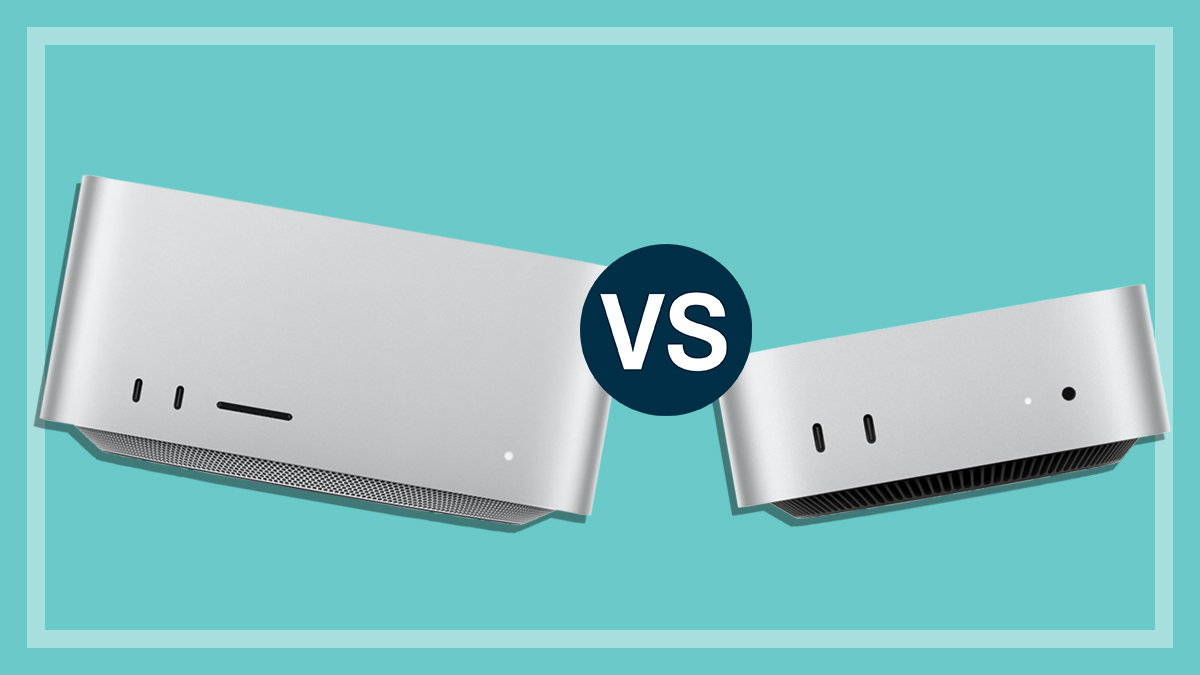Get our independent lab tests, expert reviews and honest advice.
Apple MacBook Pro 16-inch review
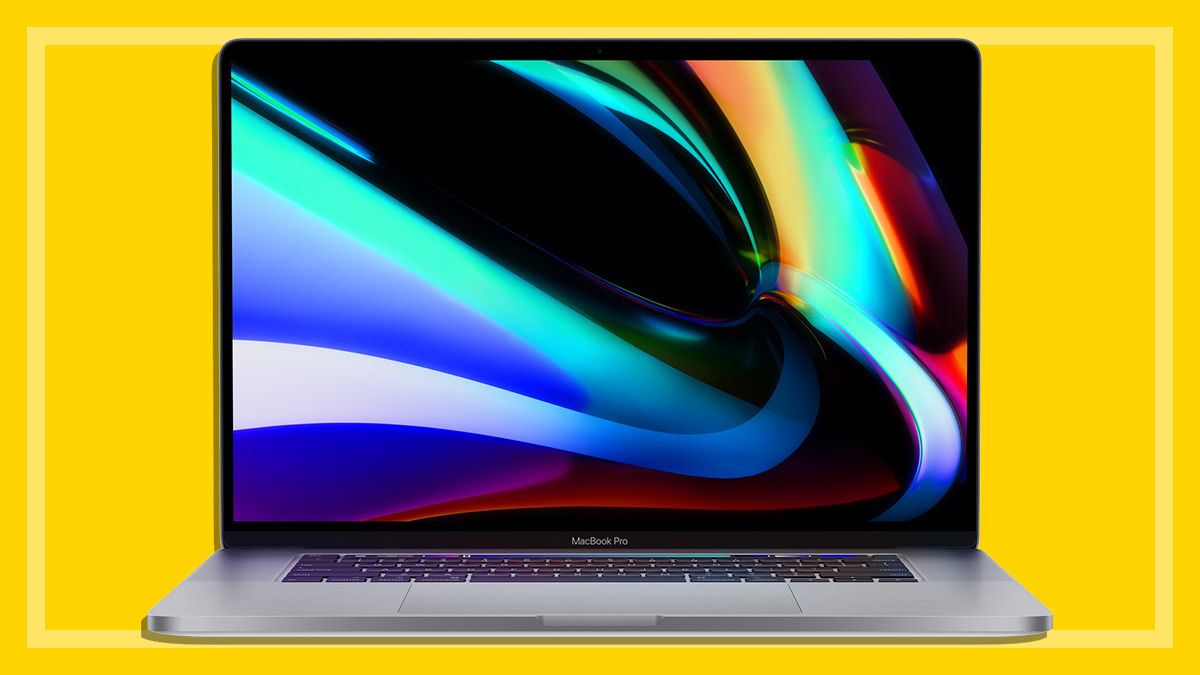
CHOICE verdict
Apple’s most powerful laptop now comes in a new size of 16 inches, but is barely larger overall than the 15.4-inch model it replaces. It’s decked out with high-end components, as befits its ‘Pro’ moniker. Processing power, impressive high-resolution screen and six-speaker audio are complemented by very fast storage and memory and an all-new keyboard mechanism that gives much-improved feel and key travel. Apple’s flagship laptop is designed for professional users, with impressive options for expanding memory (up to 64GB) and SSD storage (up to 8TB). This do-everything laptop is a professional’s dream machine.
Price: From $3799
Contact:
apple.com/auSlimmer screen-surrounds allow extra viewing area without making this 16-inch MacBook Pro physically much larger than its 15.4-inch predecessor, but at 1.62cm thick and nearly 36cm wide, over 24cm deep and weighing 2kg it’s no lightweight.
This is a big Mac for big performance. Apple describes it as “a pro for the pros”, as it’s aimed particularly at professional creators of graphics, video and sound and equipped with the high-end specs to satisfy such demanding users.
We tested, courtesy of Apple, the higher-spec model of the two available, which starts at $4399.
Related Apple reviews
- Apple iMac
- Apple MacBook Air 15-inch
- Apple MacBook Pro M2 14-inch
- Apple MacBook Air M2 13-inch
- Apple MacBook Pro 14-inch
- Apple MacBook Air M1 13-inch
What’s inside
Our test model was the higher of the two standard configurations on offer. It included a 2.3GHz (gigahertz) 8-core, ninth generation, Intel Core i9 processor and AMD Radeon Pro 5500M graphics unit with 4GB (gigabytes) of much faster GDDR6 graphics memory, which you can option up to 8GB for $160. It also had 16GB of RAM (memory) and a 1TB (terabyte) solid-state drive (SSD) for storage.
For the first time in a laptop you can have up to a massive 8TB of storage
For comparison, the cheaper model has a 2.6GHz six-core, ninth-gen i7 CPU with a 5300M graphics unit, also with 4GB of VRAM memory (upgradeable to the 4GB 5500M for $160 or the 8GB 5500M for $320). It also has 16GB RAM, but just a 512GB SSD for $3799.
Both models have the same 16-inch Retina display and four high-speed Thunderbolt 3 ports plus a headphone jack. Wireless networking is Wi-Fi 5 (802.11ac), not Wi-Fi 6 (802.11ax) which is starting to emerge on some high-end devices, but we found its performance very good. Bluetooth is up-to-date with version 5.0.

Highly expandable
For the first time, you can take either model up to 64GB RAM, for an extra $1280, while internal storage can be boosted significantly with a larger SSD: 2TB ($640); 4TB ($1600); or even 8TB ($3520), another first for a laptop.
While that might sound excessive for everyday laptop users, for somebody such as a well-heeled video professional these expansions will pay for themselves in saved processing time and the convenience of not having to use or carry around external storage. After all, Apple is aiming this powerful machine at software developers, photographers, filmmakers, scientists, music producers and similar.
Screen
The 16-inch screen is gorgeous. With a super-high native resolution of 3072 x 1920 pixels, it packs almost six million pixels onscreen, giving a pixel density of 226 pixels per inch.
Screen brightness is a nominal 500 nits, which is plenty even for outdoor use, plus there’s P3 colour gamut and Apple’s True Tone technology that adapts the screen colour to match the ambient lighting.
Pro video editors will like being able to adjust the screen’s refresh rate to match their content’s frame rate for smoother playback. Though it’s a gloss screen, the anti-reflective coating is particularly good at avoiding annoying glare issues. The front-facing FaceTime camera is still only 720p though.
Keyboard
The MacBook Pro’s keyboard will no doubt please many users. It replaces the old butterfly mechanism introduced in 2015 which attracted some criticism for lacking key travel and reliability issues. The new Magic Keyboard has a redesigned scissor mechanism with more key travel (1mm). We found it both quieter and softer to the touch, with a positive feeling that fast typists will love.
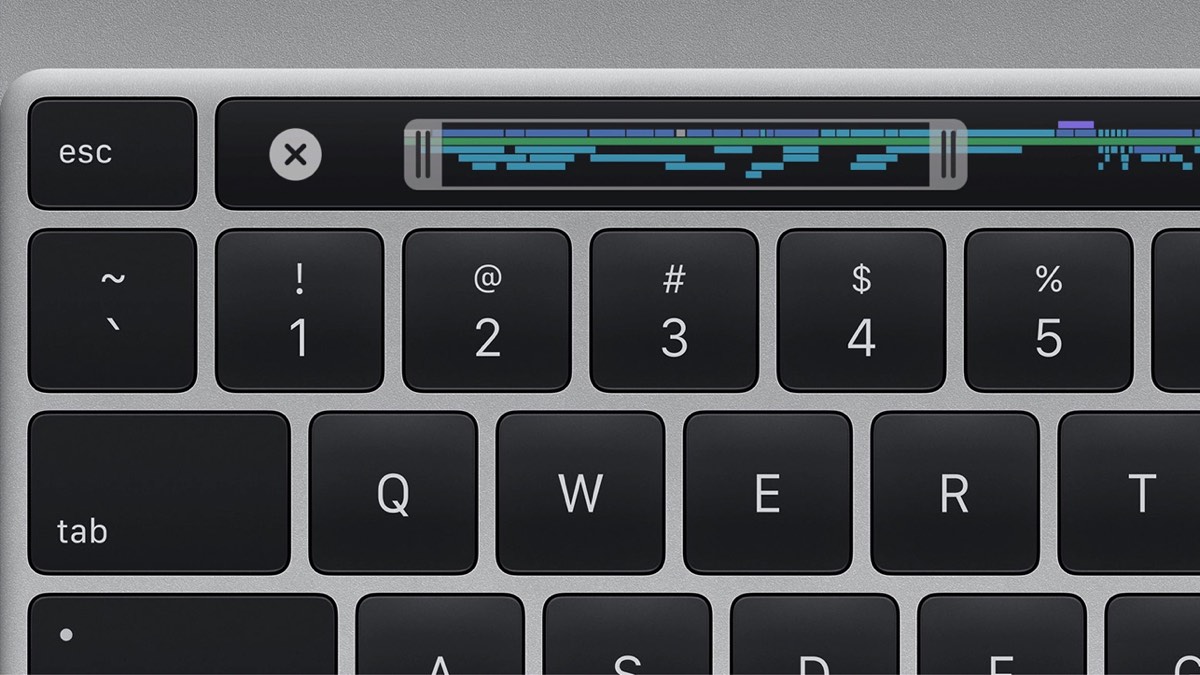
The top keyboard row includes the digital Touch Bar, a keyboard-row sized adaptive screen that changes according to programs used, plus a separate button for the Touch ID fingerprint security (backed by Apple’s dedicated T2 security chip that handles secure boot-up and encrypted storage, plus Siri digital assistant among other things).
Many professional users such as programmers will welcome the return of a separate physical escape (esc) key, which was formerly part of the Touch Bar. And the arrow keys are now all the same size, in an inverted-T layout, rather than the left and right keys being double-size.
Sound
A new six-speaker system provides room-filling audio, with Dolby Atmos support that gives the notebook a 3D sound effect that can let you hear the sound apparently travelling around you. Apple says its clever force-cancelling system evens out feedback from opposing Woofers to give bass that’s half an octave deeper, without vibration. Unlike with many laptops, you won’t need to carry a separate Bluetooth speaker with you.
There’s also a three-microphone array for recording high-quality audio for FaceTime calls, blogging and suchlike, without needing any special external equipment. Again, less need to pack extra gear for the road.
Performance
You’d expect Apple’s flagship laptop to be fast and it certainly is, even up against some powerhouse gaming models. We found it to have the fastest benchmark CPU performance of laptops we’ve tested. The CPU-only figure was just ahead of the top-end Asus ZenBook Pro Duo we tested recently – both of which were far ahead of every other laptop we’ve measured.
Storage write speed was the fastest we’ve seen
As you’d expect, the MacBook Pro’s graphics benchmark performance is very strong also, though behind the amazingly fast graphics of the top-end Asus. Apple says redesigned internals allow better airflow for more efficient heat dispersal, effectively enabling up to 12 watts more power during intensive processing, to ensure no “thermal throttling” issues (slowing the CPU to reduce heat build-up) that were, for a time, a problem with the 2018 model.
To give some rules of thumb, Apple says the graphics pros can look forward to double the performance of 4K video editing (up to 11 streams), rendering 3D graphics, simulations and doing complex simulations with the 8-core MacBook Pro.
Also worth noting is the MacBook Pro’s particularly fast write speed of the SSD, the fastest we’ve found on a laptop.
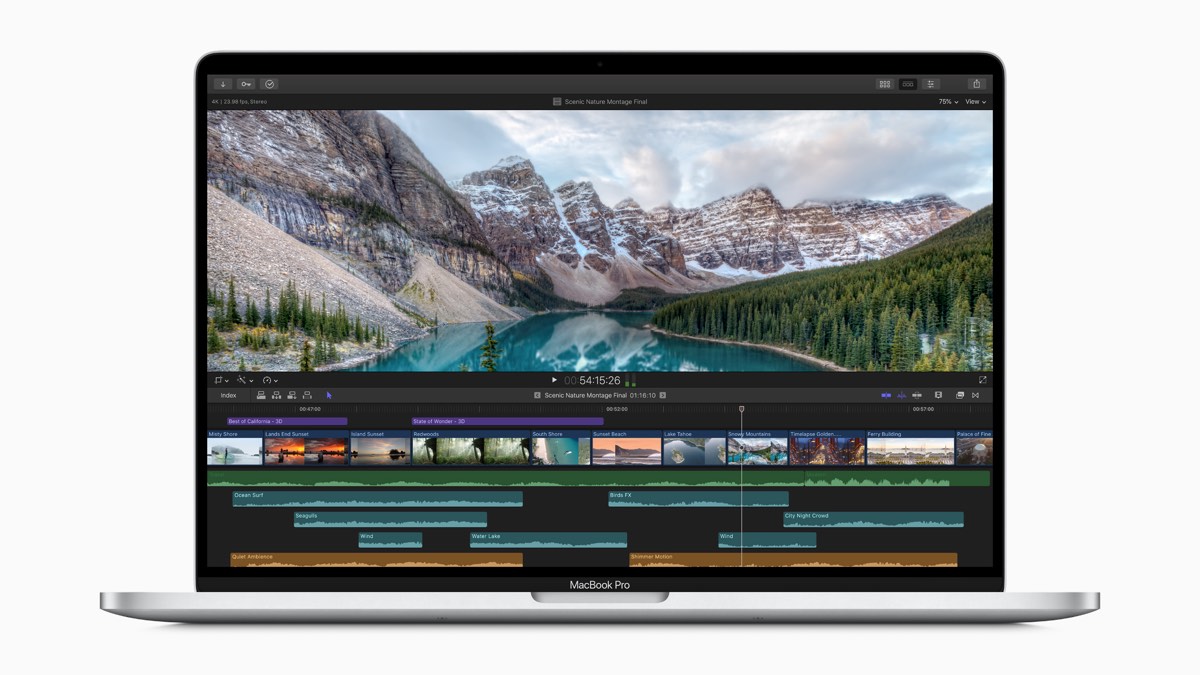
Battery life
A larger battery means longer battery life and Apple says the MacBook Pro’s extra 16 watt-hours in the massive 100 watt-hour battery should give an extra hour of usable life. Apple usually aims for 10 hours battery life, but claims up to 11 hours for this model. Of course, if you use if for editing video and audio or heavy graphics you will be plugging in a lot sooner, as you would with any high-end laptop.
For faster charging, there’s a new 96W USB-C power adapter that’s more compact then the previous model’s 87W adapter.
Is the MacBook Pro worth it?
Let’s be honest – not everybody needs a top-line laptop like the 16-inch MacBook Pro, though if you’ve read this far you’re probably not a budget laptop buyer. Even in standard trim this is a beautiful beast of a machine that will easily handle anything you throw at it and last you a long time.
It’s by far the fastest and most capable MacBook that Apple has produced, especially if you can afford the outlay to option up its internals.
If you’re used to a fast desktop computer and don’t want to slum it with a slow laptop when on the move, or if you simply love Macs and want to ditch the desktop computer for good, this is the laptop that will let you do it.

